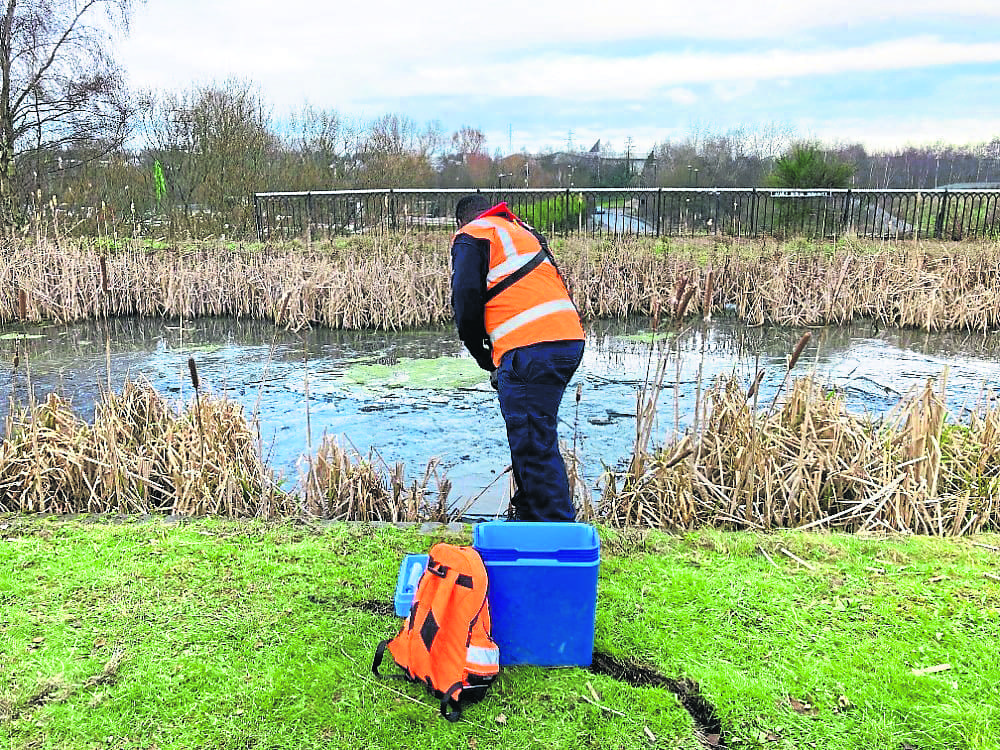THE COST of essential remedial work to the Walsall Canal after it was poisoned by 4000 litres of highly toxic sodium cyanide and zinc cyanide has reached £500,000.
The Canal & River Trust revealed it has diverted funds to manage the aftermath of the leak and added there was no date for the reopening of the canal to boaters.

Anochrome Ltd was identified as the source of the spill of 4000 litres of sodium cyanide into the water north of Ocker Hill to the Wyrley and Essington Canal in August last year.
The company, which offers specialist surface coatings and describes itself on its website as an “environmentally aware organisation”, is under investigation by the Environment Agency to establish the cause of the spill.
An Environment Agency spokesman said: “We are undertaking a thorough investigation into the serious chemical spill incident in Walsall and our enquiries are proceeding. Pollution of this kind is unacceptable and the impact on wildlife and the environment can be severe.
“We are unable to provide further comment in case it prejudices any future legal proceedings.”
Meanwhile, the Canal & River Trust has begun removing contaminated silt from the canal in a major dredging operation. This is a crucial step in the canal’s ecological recovery, required by the Environment Agency, and a major step towards reopening the waterway to boats.
This marks a significant milestone in the recovery of the canal. Around one mile of the canal in the Pleck area of Walsall has had to remain closed for boats for the last eight months.
Henriette Breukelaar, regional director, Canal & River Trust, said: “We’re delighted that dredging of the Walsall Canal starts this week; this is a major milestone in the canal’s recovery.
“The awful spillage of cyanide into the community’s wonderful and historic canal has left this section ecologically devastated, wiping out wildlife, including the microorganisms that form the foundation of the canal’s ecosystem.
“So far, we have spent around half a million pounds of charitable funds, covering costs such as staff time, dam installation, materials, contractors, and lab testing. This is a huge resource that has been diverted from other essential activity to keep the region’s canals open and safe.”
A major pollution incident was declared at the time and, while the towpath has since reopened, the canal has remained closed to boats and devoid of wildlife.
A Crowdfunder launched by CRT raised £25,000 and will help with the recovery of the area.
“We are grateful for the support of our partners and the generosity of the public, particularly those who contributed to the Crowdfunder. This will help ensure the canal remains a vital part of the local community and, hopefully soon, can fully reopen,” said Henriette.
“We understand the closure has been frustrating for boaters and the local community, and we hope the dredging will move us closer to reopening the canal. We will continue to provide updates. Our priority remains the safety and restoration of this important waterway, and we appreciate everyone’s patience while we carry out this critical work.”
The dredging is expected to take several weeks, after which the sediment and water will be tested once again. The test results will determine if further steps are needed and when the canal can reopen.



